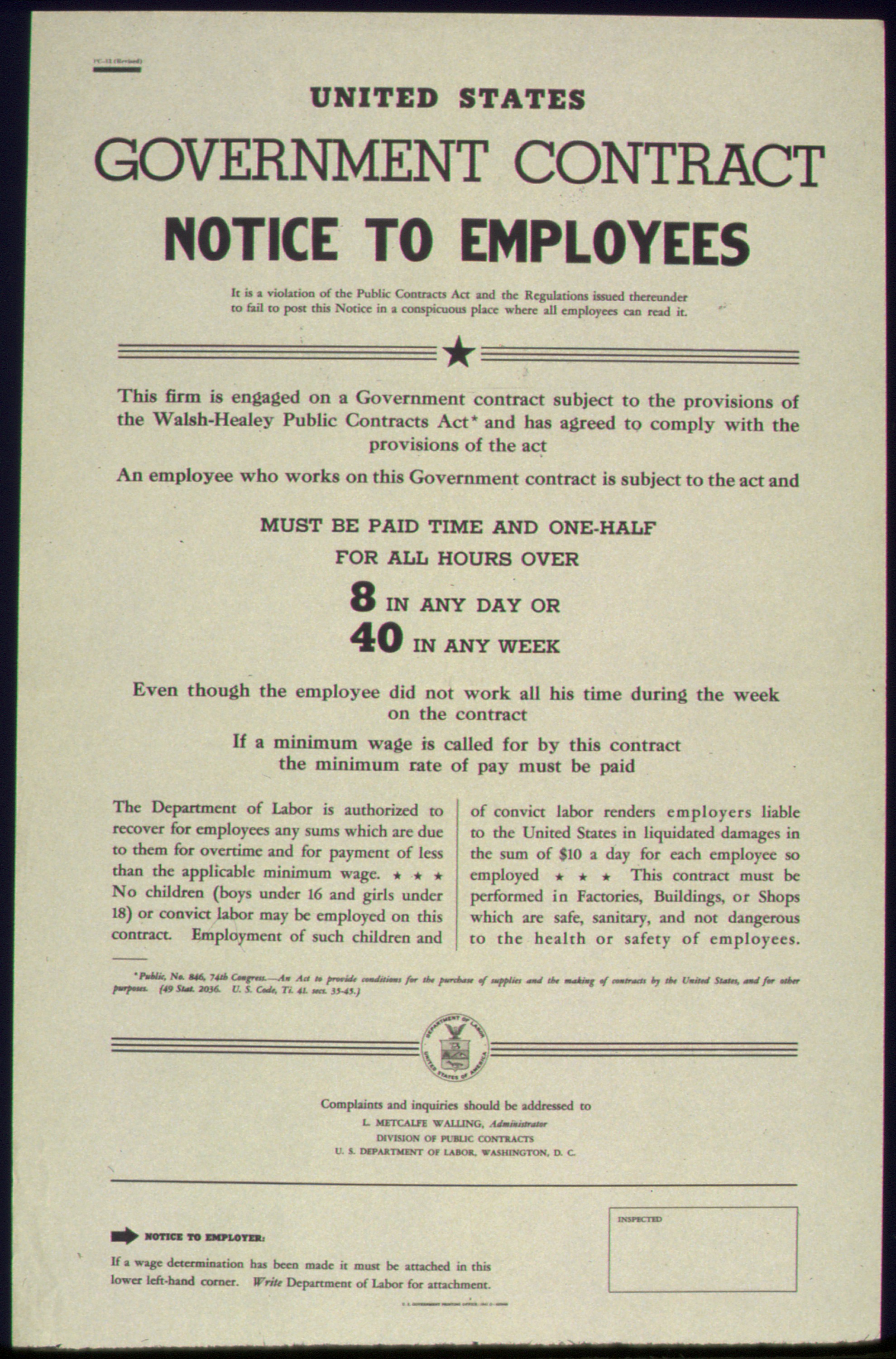“Let’s waste five minutes to reward the rational people that decided not to be on time”
(What I hear at the start of too many meetings)
“Meetings
never start on time” 83% [1] of all knowledge workers agree with the statement
that meetings never, or rarely, start on time. They also state that they do not
end on time, and that most of them are pointless. I can tell you how to solve
the issue about meetings being pointless, and after I am done I will tell you
the optimal length of a piece of string [2], but those topics are more
complicated and will have to wait for a later post. But I do have a solution
that works for everyone for the timing of meetings. It does not even require a
lot of training [3], are you ready? Here goes.
Start your
meeting on time!
It really
is that simple. At 0900 I make sure that the doors are closed and I start the
meeting. If someone is late I don’t make a big deal about it, but I, like the
train, wait for no man. Never, ever, say “let’s wait a few…”. Show respect to,
and reward the people that are there on time. In my experience it will take one
to two meetings until everyone shows up on time. If I am late, which happens albeit
rarely, I will apologize for being late when there is a lull in the meeting that
started without me. If you want to get points in my book, you will do the same.
Be on time most of the times, and say: “I am sorry for being late” when you are
late. I don’t need to know why you are late, but I think it shows respect to acknowledge
that you are aware and sorry about it.
“I want this meeting to last no more than 3
minutes and I will allow no more than 5”
(Leo
McGarry, voted best Chief of Staff in 2010.)
What about
ending on time? It’s almost as simple. Never let a meeting just overflow. When
you see that you have 15 minutes of time and an hour of discussion left you
need to choose. If you are getting a weeks’ worth of work done for every hour
then ask if people are ok with staying another hour and offer to get them
coffee. If the meeting is just dragging on, remind people that you will end on
the hour and do not let it last one minute longer. Reschedule if you have to,
but never let it drag on.
Let’s end
with some questions from the audience
Q - What
about people who are running from another meeting?
A - Start
your meetings at 15 minutes past the hour and run for 45 minutes. Or consider a
15 or 20 minute meeting.
Q – I don’t
run the meetings, and the person that does will not start on time.
A – Tell her,
respectfully, that you would appreciate if we could start meetings on time.
Q – Why should
I care about meetings starting on time?
A – The surface
answer is: To avoid wasting time. 12 people waiting 5 minutes is an hour of
company time wasted. The deeper answer is that a person being late tells the
rest of the team that he does not think the meeting is important. Funnily
enough it will also, subconsciously, tell the person being late that the
meeting is not that important too [4] .
Q – What about
phone meetings?
A – For
phone meetings, when dialing in, I allow 5 minutes for technical issues until I
hang up. I give my manager up to 7 minutes and his manager and above up to 10
minutes. But every time they use the extra time I respect them just that little
bit less. When opening them I allow up to 1 minute of technical issues until I
start speaking. Dialing in on time is not rocket science.
Q – Who just
joined?
A - My
point exactly.
Q - Is this
blog post really necessary?
A - I think
not. But remember the 82%? For some reason this is hard for organizations. I
think it’s considered rude to tell people that they are late. But it’s even
ruder to force people to waste their time waiting for someone that is late.
Q – Do you
have to use such an arrogant tone in your writing?
A – I’m not
trying for arrogant, but I am aware that it may come out that way. Members of
my household hate my style of writing. But it amuses me, and in the end that’s
why I write. So if it annoys you then I am sorry. Obviously not sorry enough to
change, but sorry even so.
[1] I just
made that number up from pure air. Sorry. The creation of this article was based on the headline of another article where people complained about meetings not starting on time. But it sounds about right, doesn’t
it? More than half, but less than all. We can all agree that many people think
so at least. I bet you will read the rest of the foot notes.
[2] 43,7 cm.
Most worthwhile problems lack a good “one size fits all” solution, but there
are ways of making meetings better, and I may even cover them in another post.
[3] I am offering consulting services in the area of “making meetings start on time”, I charge $300/hour, 40
hours minimum charge.
[4]
Pre-Suation, Robert Cialdini, 2016.







